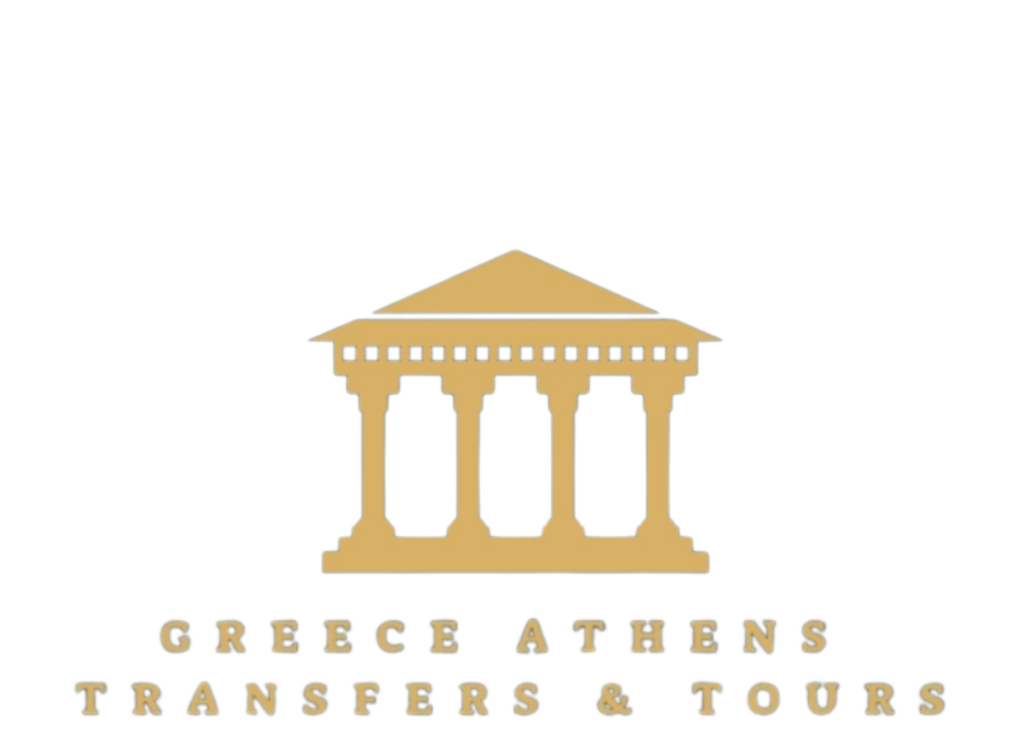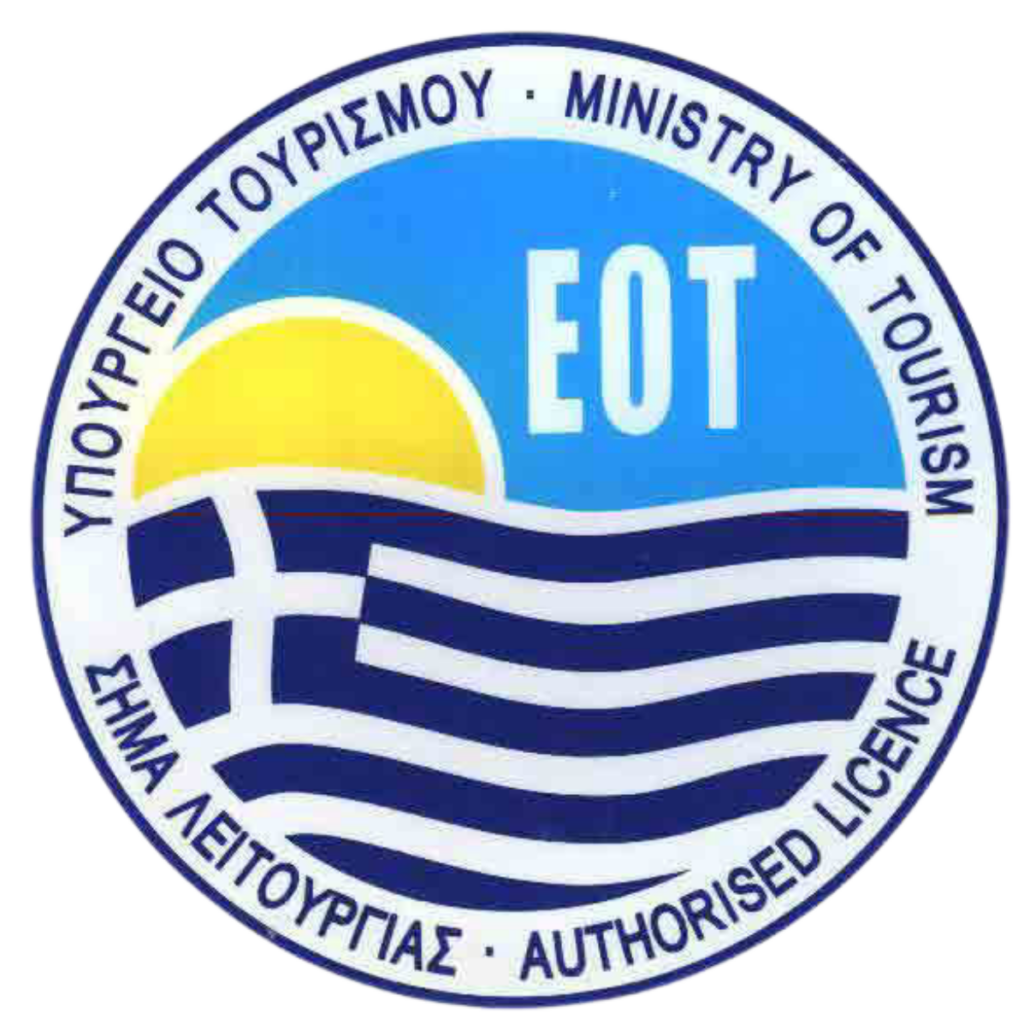Tour itinerary
12 hours roundtrip | 7 places | 1 stop for lunch
Start our tour from Athens
We begin our tour early in the morning from Athens. Our driver will collect you from your hotel, apartment, or the airport/port.
Corinth Canal
The Corinth Canal links the Gulf of Corinth to the Saronic Gulf, cutting through the narrow Isthmus of Corinth. It’s about 6.4 kilometers long and 21.4 meters wide at its base, presenting a stunning sight from above as ships pass through its steep limestone walls.
Olympia
We arrive at Ancient Corinth after a 3.5-hour journey.
Olympia was a revered sanctuary drawing worshippers from across the ancient world. From the 8th century BC, it became linked to the Sacred Olympic Truce, respected throughout Greece after an accord between Spartan Lykourgos and King Iphitos of Elis. By the 5th century BC, Olympia evolved into a hub for intellectual exchange, attracting numerous thinkers and influential figures to share and disseminate knowledge and ideas.
Archaeological site of Olympia
The archaeological site boasts over 70 significant buildings, with ruins of many still standing today. Of particular importance to Greeks throughout history is the Pelopion, the tomb associated with the quasi-mythical king Pelops, ancestor of the Atreids. These two kings famously led their realms to war against Troy. The Peloponnesus region derives its name from Pelops, suggesting that his existence may have been rooted in reality rather than pure myth.
Temple of Zeus
The Temple of Zeus at Olympia, constructed in the second quarter of the fifth century BC, was a pinnacle of classical Greek architecture. Dedicated to the god Zeus, it exemplified the Doric order and stood as a prime example of fully developed Greek temple design.
Stadium at Olympia
The stadium at the archaeological site of Olympia, Greece, situated east of the sanctuary of Zeus, served as the venue for numerous sporting events during the Ancient Olympic Games.
Temple of Hera
The Temple of Hera, also known as Heraion, is an ancient Archaic Greek temple dedicated to Hera, the queen of the Greek gods. As the oldest temple at Olympia and one of the most revered in Greece, it initially served as a joint sanctuary for both Hera and Zeus, the chief deity. However, a separate temple was later constructed for Zeus. The temple’s altar, oriented east-west, is where the Olympic flame is ignited and then carried worldwide. Even today, the torch of the Olympic flame is lit at its ruins. Originally built around 590 BC, the temple succumbed to destruction by an earthquake in the early 4th century CE.
Nymphaeum
The Nymphaeum, meaning “home of the Nymphs” or water goddesses, was an essential water-distribution structure built in the mid-2nd century at the site to cater to the large crowds attending the Olympic Games in July and August. Nymphaeum was a common term in the Mediterranean for an elaborate structure marking the end of an aqueduct bringing water from distant elevated areas, such as a stream or abundant springs. This particular Nymphaeum featured substructures, statues, and intricately patterned stonework, yet its primary function was utilitarian. It received water from the aqueduct into a cistern, gradually releasing it through open and closed channels around the site. Visitors would use secular paterae, small drinking bowls, to collect water from open troughs scattered throughout the area, as suggested by statues depicting individuals holding such bowls. Troughs were strategically placed throughout the site to accommodate the large crowds.
Palaestra
The palaestra was the training ground in ancient Olympia where wrestling, boxing, and pancration were taught and practiced. Wrestling, boxing, and pancration were martial arts taught in the palaestra, with pancration being a combination of various unarmed combat techniques, including grappling, kicking, and punching. While pancration could be deadly or disfiguring, all sports taught in the palaestra were regulated by rules, umpires, and judges. These officials had the authority to stop contests, fine participants for violations, or even prohibit them from future participation if they flagrantly violated the rules. The palaestra served as both a training ground for prospective citizens of the sponsoring city-state and as preparation for participation in the Olympic Games.
Philippeion
The Philippeion, located in the Altis of Olympia, was a circular memorial built in honor of Philip II of Macedon and his family. Constructed in the Ionic style, it featured chryselephantine statues of Philip, Alexander the Great, Olympias, Amyntas III, and Eurydice I. Designed by the Athenian sculptor Leochares, the monument celebrated Philip’s victory at the Battle of Chaeronea in 338 BC. The Philippeion was unique within the Altis as the only structure dedicated to a human figure.
The temple consisted of an outer colonnade with 18 Ionic columns and an inner area with nine engaged Corinthian columns. Its diameter measured 15 meters, and the naos contained two windows similar to those found in Hera II at Paestum. The carved marble roof was adorned with a bronze poppy head.
Archaeological Museum of Olympia
The Archaeological Museum of Olympia, located in Olympia, Greece, is one of the country’s most important museums overseen by the Ministry of Culture and Sports. Established in 1882, it was the first museum in Greece outside of Athens. Directed by Georgia Chatzi since 2009, the museum houses a remarkable collection of artifacts from the surrounding area, including the site of the Ancient Olympic Games.
Among its treasures are Hermes and the Infant Dionysus (attributed to Praxiteles), artifacts from the Temple of Zeus, the Nike of Paionios, and an oenochoe belonging to Phidias. Notably, the museum boasts an extensive bronze collection, placing it among the most significant in the world.
Museum of Olympic Games
The ancient Olympic Games were a renowned series of athletic competitions held in Ancient Greece. These games, considered one of the Panhellenic Games, were dedicated to Zeus and were steeped in mythological origin. Traditionally believed to have commenced in 776 BC, the Olympics were held every four years, forming the basis of the Olympiad, a unit of time in historical chronologies.
Representatives from various city-states participated in a variety of sporting events, showcasing their physical prowess and skill. The games continued to be celebrated even after Greece fell under Roman rule in the 2nd century BC, with the last recorded celebration in AD 393 under Emperor Theodosius I. However, archaeological evidence suggests that some games persisted beyond this date.
Ultimately, the ancient Olympic Games likely met their end under the reign of Theodosius II, possibly due to factors such as the destruction of the temple of the Olympian Zeus. Despite their cessation, the legacy of the ancient Olympics endures as a symbol of athletic excellence and cultural heritage.
Way back to Athens
We start our way back to Athens late in the afternoon.






